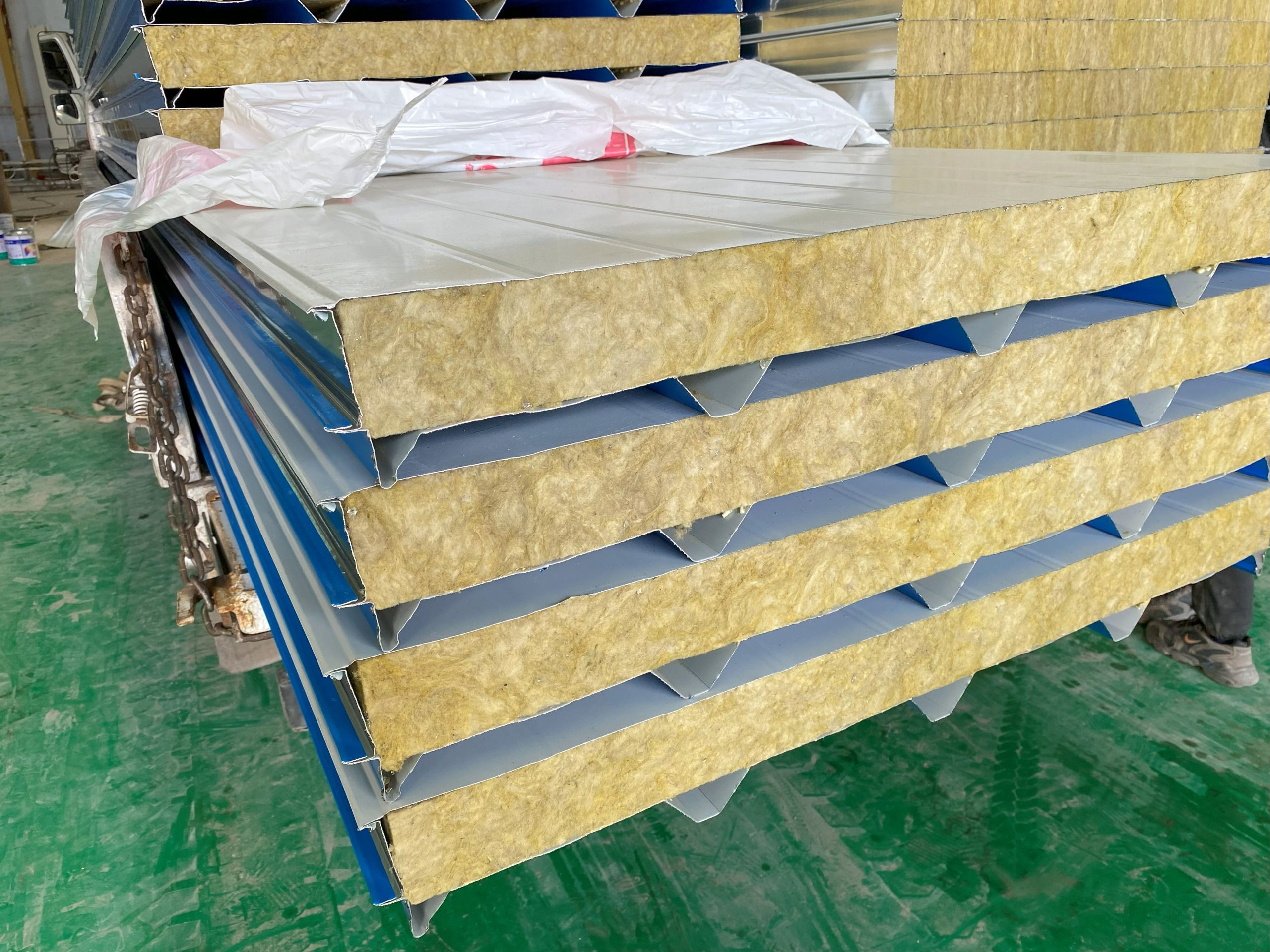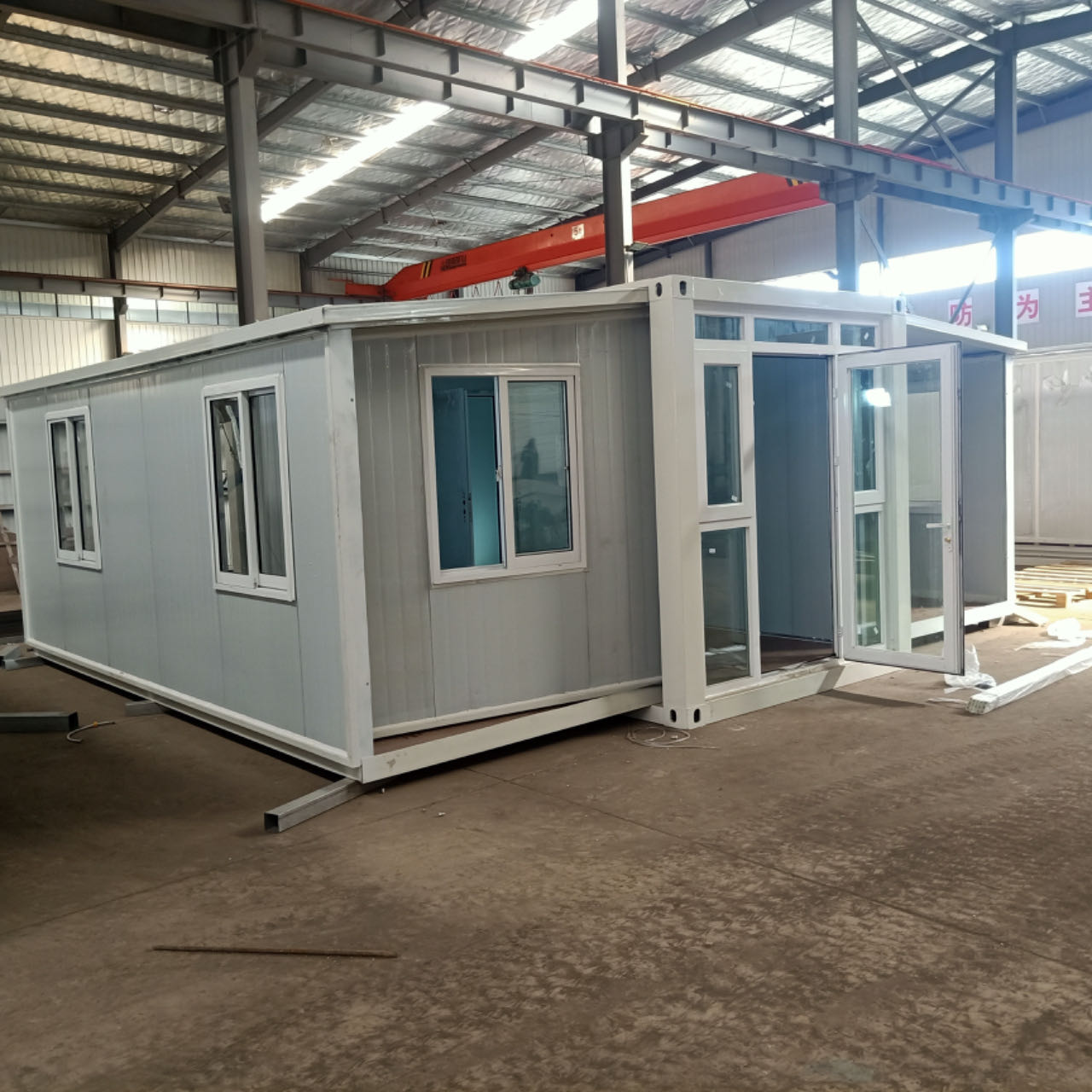Table of Contents
Mitigating Wind-Induced Vibrations in High-Rise Steel Structures
Wind-induced vibrations in high-rise steel structures have been a significant concern for engineers and architects for many years. The dynamic nature of wind forces acting on tall buildings can Lead to structural vibrations that can affect the comfort and Safety of occupants. In order to mitigate these vibrations, thorough analysis and control measures must be implemented during the design and construction phases of high-rise steel buildings.
One of the key factors in analyzing wind-induced vibrations is understanding the aerodynamic forces acting on the building. Wind tunnel testing and computational fluid dynamics (CFD) simulations are commonly used to predict the wind loads on tall buildings. These analyses provide valuable data on the wind pressures and velocities that the structure will experience, allowing engineers to design the building to withstand these forces.
Once the wind loads have been determined, structural engineers can perform vibration analysis to assess the dynamic response of the building to these forces. Modal analysis is often used to identify the natural frequencies of the structure and determine the modes of vibration that are most susceptible to wind-induced excitation. By understanding the building’s dynamic characteristics, engineers can develop effective control strategies to mitigate vibrations.
One common method of controlling wind-induced vibrations in high-rise steel structures is the use of tuned mass dampers (TMDs). These devices consist of a mass attached to the building with Springs and dampers, which are tuned to the natural frequency of the structure. When the building experiences wind-induced vibrations, the TMD moves in the opposite direction to counteract the motion, reducing the amplitude of the vibrations.

Another approach to controlling wind-induced vibrations is the use of passive damping systems, such as viscous dampers or friction dampers. These devices dissipate energy from the building’s vibrations, reducing the overall response to wind forces. Passive damping systems are often integrated into the building’s structural elements, providing a cost-effective solution for mitigating vibrations.
In addition to passive control measures, active control systems can also be implemented to reduce wind-induced vibrations in high-rise steel structures. These systems use Sensors to detect building movements and actuators to apply forces to counteract the vibrations. By continuously monitoring and adjusting the building’s response to wind forces, active control systems can effectively reduce vibrations and improve occupant comfort.
It is important to note that wind-induced vibrations are not only a structural concern but also a human comfort issue. Excessive building movements can cause discomfort for occupants, leading to reduced productivity and potential health risks. By implementing effective vibration control measures, engineers can ensure that high-rise steel structures are safe, comfortable, and resilient to wind forces.
In conclusion, wind vibration analysis and control are essential aspects of designing high-rise steel buildings. By understanding the aerodynamic forces acting on the structure, performing dynamic analysis, and implementing appropriate control measures, engineers can mitigate wind-induced vibrations and ensure the safety and comfort of building occupants. Through the use of tuned mass dampers, passive damping systems, and active control systems, high-rise steel structures can be designed to withstand the dynamic forces of wind and provide a stable and secure Environment for occupants.
Advanced Control Strategies for Wind-Induced Vibrations in Steel High-Rise Buildings
Wind-induced vibrations in steel high-rise buildings are a common concern for structural engineers and architects. These vibrations can lead to discomfort for occupants, structural damage, and even safety hazards. Therefore, it is crucial to analyze and control wind-induced vibrations in order to ensure the stability and safety of steel high-rise buildings.
One of the key aspects of wind vibration analysis is understanding the behavior of the building under different wind conditions. This involves studying the natural frequencies of the structure, as well as the damping properties of the materials used. By analyzing these factors, engineers can predict how the building will respond to wind loads and identify potential areas of concern.
In addition to analyzing the structural properties of the building, engineers also use advanced control strategies to mitigate wind-induced vibrations. One common approach is the use of tuned mass dampers, which are devices that are attached to the building to counteract the effects of wind-induced vibrations. These dampers are designed to oscillate in the opposite direction of the building’s natural vibrations, effectively reducing the overall movement of the structure.
Another control strategy that is often used is the implementation of active control systems. These systems use sensors to detect wind-induced vibrations and actuators to apply forces to the building in order to counteract these vibrations. By continuously monitoring and adjusting the forces applied, active control systems can effectively reduce the impact of wind-induced vibrations on the building.
In addition to tuned mass dampers and active control systems, engineers also consider the aerodynamic properties of the building when designing for wind-induced vibrations. By optimizing the shape and orientation of the building, engineers can reduce the overall wind loads and minimize the potential for vibrations. This can be achieved through the use of wind tunnel testing and computational fluid dynamics simulations to analyze the building’s response to different wind conditions.
Overall, wind vibration analysis and control are essential components of designing steel high-rise buildings. By understanding the behavior of the building under different wind conditions and implementing advanced control strategies, engineers can ensure the stability and safety of these structures. Through the use of tuned mass dampers, active control systems, and aerodynamic optimization, engineers can effectively mitigate the impact of wind-induced vibrations and create buildings that are both safe and comfortable for occupants.

In conclusion, wind-induced vibrations in steel high-rise buildings are a complex phenomenon that requires careful analysis and control. By utilizing advanced control strategies and considering the aerodynamic properties of the building, engineers can effectively mitigate the impact of wind-induced vibrations and ensure the stability and safety of these structures. Through a combination of structural analysis, control systems, and aerodynamic optimization, engineers can create steel high-rise buildings that are not only aesthetically pleasing but also safe and comfortable for occupants.
